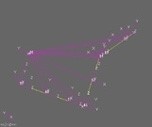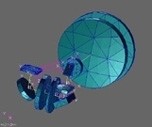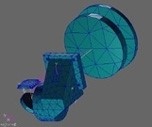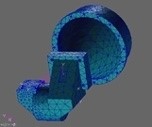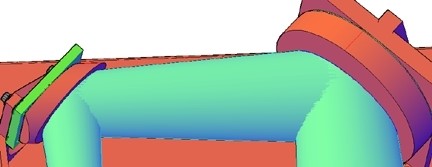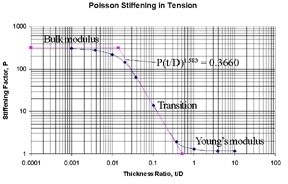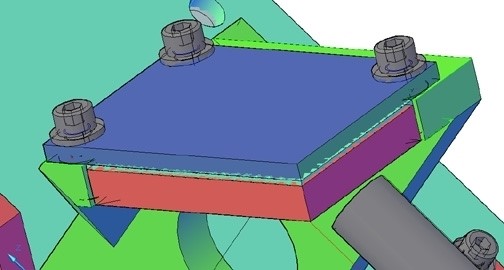Colleagues:
OK, enough about software. After all, we all run software. It’s AEH’s understanding of how to apply engineering tools, including software, that makes the difference.
To wit: design an airborne optical image correlator. Stabilize hyper-spectral imagers. Design aircraft structural-optical windows. Analyze detector cool-down times. Test metal-foil optical elements. Design nanometer-class alignment mechanisms. Minimize the thermal impedance in a laser cavity. Co-invent an infrared scanner. Stabilize a gas-dynamic laser cavity. Analyze thermal instability in lithographic lenses. Establish intellectual property rights in cinematographic lenses. Analyze dynamic stability of a free-space laser-com system. Design a stand-off optical vibrometer system.

I’ve written about many of these at one time or
another. But another big interest today seems to be, “Where do AEH’s jobs come from?”
Well how about Barrington, Huntsville, Albuquerque, Carson, Dallas, St. Louis,
Corona, Seattle, Palo Alto, Princeton, Los Angeles, Rochester, Tucson,
Anchorage, San Diego, Linthicum, Mountain View, North Hampton, Azusa and, yes,
even in Pasadena it’s been optomechanical engineering that AEH has done.
However you need help, wherever you need help AEH
is there.
N’Blarney ‘ere, b’Gorah!
Al H.
3-4-15




